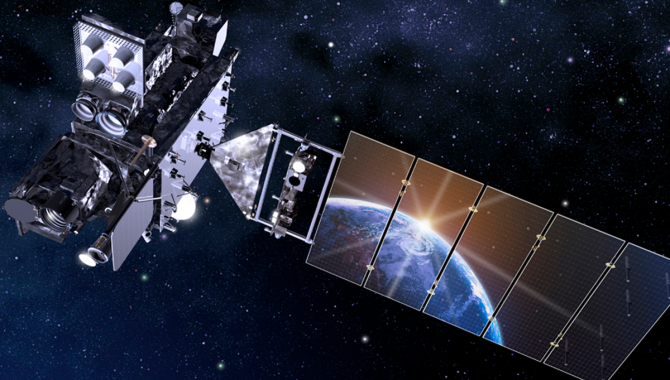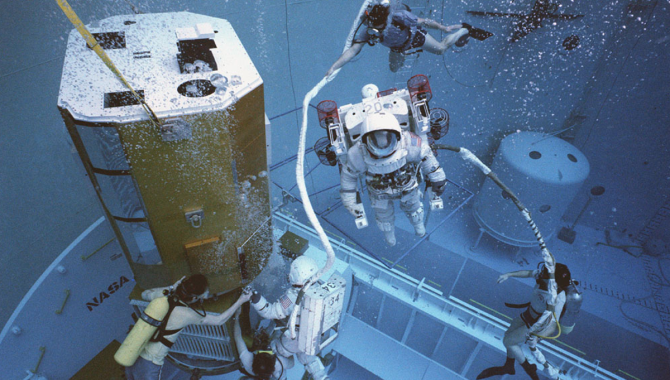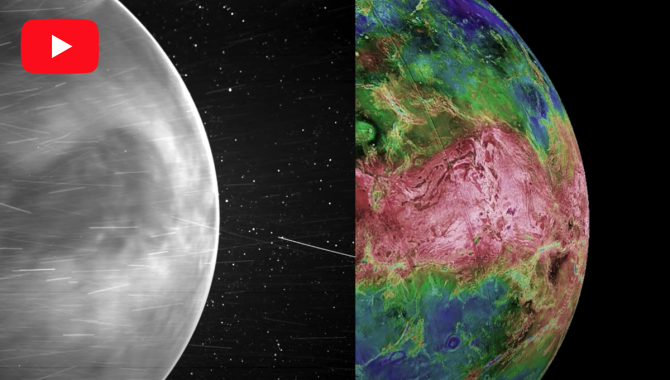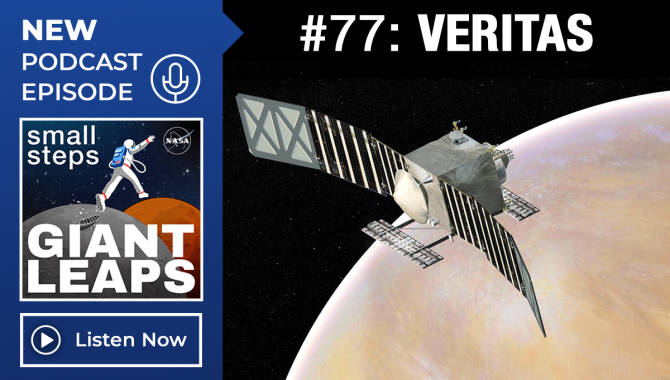
INSIGHT: February 2022

Critical Knowledge inSight: Open-mindedness
Watch Video
A leader who keeps an open mind will bring in more diverse opinions and ideas to help a project succeed.

Podcast Episode 78: Engineering Best Practices–Part 1
Listen
NASA Chief Engineer Ralph Roe discusses engineering best practices.

Spotlight on Lessons Learned: Electrical Short Circuits due to Tin Whiskers
Read More
An investigation into the cause of intermittent electrical shorts on the Cassini space probe over a six-year period determined they were most likely due to the presence of tin whiskers.

NASA, NOAA Prepare for GOES-T Launch
Read More
Latest weather satellite will improve forecast models, wildfire tracking.

This Month in NASA History: Solar Maximum Mission
Read More
Rescued spacecraft examined sunspots, solar flares and more.

Featured Video: NASA’s New Views of Venus’ Surface From Space
Watch Video
NASA’s Parker Solar Probe has taken its first visible light images of the surface of Venus from space.






